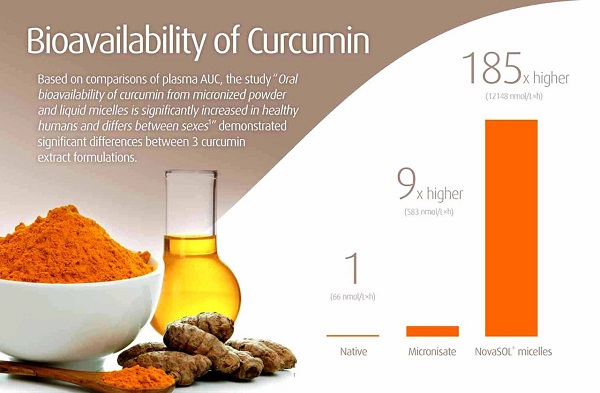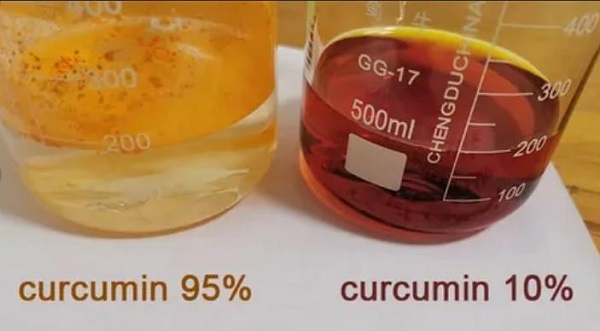Plant Phytoglycogen Loading To Enhance Curcumin Extract Powder Solubility
2024-01-30 13:52:52
01. Curcumin Extract
Curcumin Extract Powder (CCM) is a polyphenolic compound extracted from plants of the Curcuma genus, such as turmeric, zedoary, and Curcuma, and is a natural edible yellow pigment permitted for use domestically and internationally.
However, CCM's water solubility is very low (11ng/mL, 25°C), leading to poor absorption and low bioavailability in the body, which significantly limits its application in water-soluble matrices in food and pharmaceutical industries. Therefore, increasing CCM's solubility is crucial for exploring its potential applications.
Currently, methods to improve CCM solubility include lipid-based systems, micelles, nanoemulsions, amorphous solid dispersions, chemical modifications of CCM, and the formation of complexes. The carrier materials include natural polymers (carbohydrates, proteins, and lipids) and synthetic polymers.

However, many of these methods are not suitable for food applications. For example, liposome preparation requires a large amount of surfactants, and most natural polymers require modification, while synthetic polymers often have low biocompatibility. Additionally, complex preparation processes and high costs are also challenges.
02. Phytoglycogen
Phytoglycogen (PG) is a highly branched, soluble α-D-glucan connected by α-1,4 and α-1,6 glycosidic bonds. It has a short average chain length, a high branching degree, an external tight and internal loose branching pattern, and a small particle size. These structural features provide abundant glucose residues on the molecular surface, allowing PG to form hydrogen bonds with water molecules and easily dissolve in cold water.
Research has shown that PG forms spherical structures with more and shorter branches than branched starch structures, making it a natural nanogranule.
Chen et al. loaded lutein and quercetin onto PG, significantly increasing the apparent solubility of lutein (from 0.56μg/mL to 130.65μg/mL) and quercetin (from 4.32μg/mL to 241.76μg/mL).
This study utilized PG as a carrier due to its easy dispersion and solubility in cold water, as well as its good dispersion stability. A certain amount of highly concentrated CCM ethanol solution was added to a certain concentration of PG aqueous solution to create a supersaturated state of CCM in the system.
Partial free CCM molecules interacted with PG to form a plant phytoglycogen-curcumin (PG-CCM) complex, enhancing the apparent solubility of Curcumin Extract Powder.

03. Conclusion
PG is a novel nanogranule carrier that self-assembles to load Curcumin Extract Powder, forming PG-CCM complex nanogranules. The loading method is simple, with no additives, resulting in a 2700-fold increase in the apparent solubility of CCM.
PG and CCM likely interact through intermolecular hydrogen bonding. The particle size of PG remains unchanged after loading CCM, with an average size of 70~75 nm. In the PG-CCM complex, CCM exists in an amorphous state, with hydrogen bonding being the main force of interaction between CCM and carrier PG. CCM transfers from a highly polar microenvironment to a less polar PG action zone.
Our research indicates that PG is an efficient carrier that significantly enhances CCM's apparent solubility. The preparation of PG-CCM complex is simple and shows potential for incorporation into functional foods to promote CCM's pharmacological effects.
Reference: Wang P., Yang Y., Zhang Y., Fan J., A study on plant phytoglycogen loading to enhance curcumin solubility.
_1737093401309.png)
